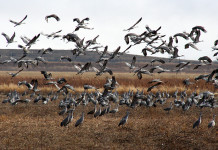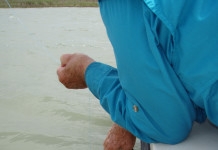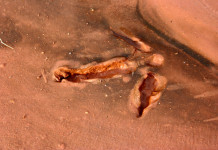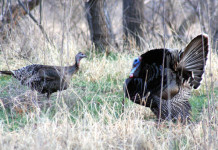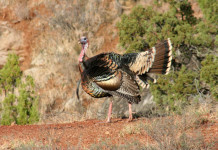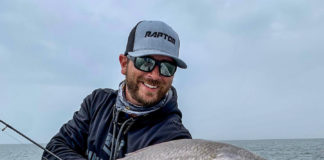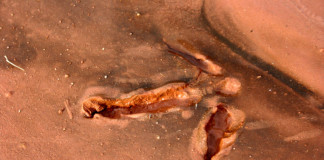The amorphous, fibrous dough ball hung on the long-shanked hook like a diabolical Christmas tree ornament. After a quick once-over, it sailed on a looping arc into the cloudy water of the Pecan Bayou in Brownwood and hit with a resonant splash. The thick mass may have looked like a tasty present to the scaly denizen that gulped it down, but the only gift it received was barbed.
And with that, the fight was on.
The drag on the old reel came to life, singing a high-pitched tune as the fish on the other end decided it didn’t really like an early holiday and dove for the bottom. When the tug-of-war subsided, the chunky orange and gold combatant slowly rose to the surface and rolled on its side like a torpedoed battleship. After the hook was removed from the corner of its vacuum-cleaner mouth and the hand was released from the edge of its broad tail, the fish kicked up a small bubble of water and headed for a dark place to collect its thoughts.
And so it was, I was introduced to my first carp.
When most anglers in this country think of carp, they envision an inhabitant of murky, dirty water that isn’t fit to eat. For anglers in other parts of the world, the carp is the preferred fish when it comes to sporting and eating.
The common carp, in the minnow family, is able to tolerate unfavorable or even polluted bodies of water more than other species. When the fish overpopulate an area, their habit of churning up the bottom in search of food can decrease the amount of light entering the water, thus hindering plant growth and making the environment less favorable for other game fish.
Despite the negative connotation, carp fishing has caught on as more anglers find out that carp are big, strong and easy to catch.
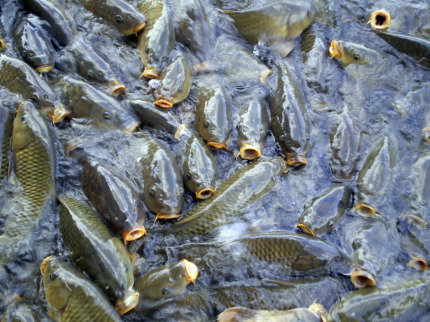
Numerous varieties of massive carp have been caught across the globe, with a number of specimens exceeding the 100-pound mark. Texas’ biggest common carp was caught in 2009 from Lady Bird Lake and weighed almost 44 pounds, while the largest grass carp was caught in 2006 from Toledo Bend Reservoir and weighed more than 53 pounds. The state’s bighead carp record stands at 90 pounds, a fish hauled from Lake Kirby in 2000.
When it comes to carp fishing, European anglers are as gung-ho about carp fishing as American anglers are about pursuing the largemouth bass. It’s a major fishing industry in England and Wales, especially, with natives of those locales spending lots of money on specialized tackle and other things that U.S. anglers spend on bass and other sportfish. And with the increase of fishing pressure for carp, the fishery has gotten past stereotypes and negativity that has held it back in the past.
There are even a number of carp fishing tournaments and associations in Texas, showing that despite the negative connotation that likely was present, the fish are being sought in large numbers based on their availability, fighting ability and ease of access.
Fishing for carp doesn’t require a great investment of time or money, though some anglers, especially in Europe, will spends thousands of dollars on everything from electronic strike indicators to multi-rod setups. Bank fishing is standard and bait can be anything from dough balls to corn, which can simply be stuck on a bare hook. Some serious anglers have their own secret bait concoction, which they wouldn’t share with their own mother.
Many fly fishers also have discovered carp can be a blast to catch on a lightweight rod.
Though carp have been put in a less than stellar light in the past, there’s no reason to think anglers in this country and abroad won’t continue to chase after the fish. They can make a reel sing, and that’s all that really matters to most anglers.




